Home>Furniture>Outdoor Furniture>How To Figure Out How Much Trex Decking I Need
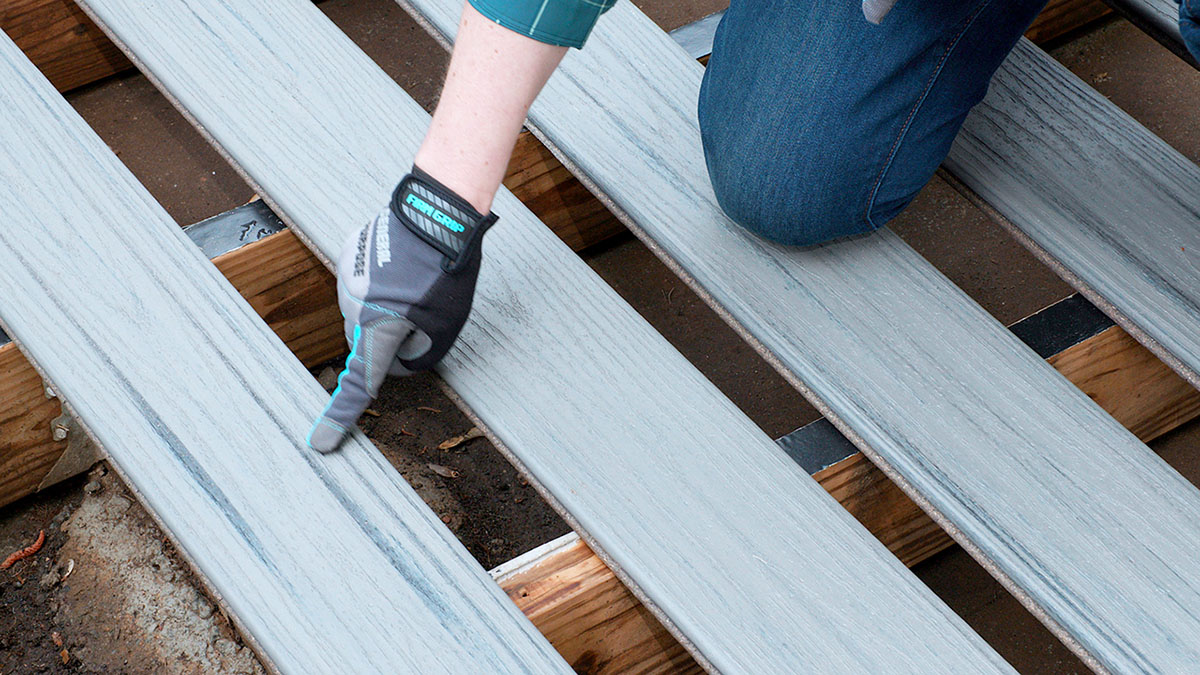

Outdoor Furniture
How To Figure Out How Much Trex Decking I Need
Modified: May 5, 2024
Find out the exact quantity of Trex decking required for your outdoor furniture project with our comprehensive guide. Simplify your planning process and ensure you get the perfect amount of decking.
(Many of the links in this article redirect to a specific reviewed product. Your purchase of these products through affiliate links helps to generate commission for Storables.com, at no extra cost. Learn more)
Introduction
Outdoor furniture adds beauty and functionality to any outdoor space, whether it’s a spacious backyard, a cozy patio, or a charming balcony. One popular choice for outdoor furniture is Trex decking, known for its durability and weather-resistant properties. If you’re considering using Trex decking for your outdoor area, one of the first steps is to determine how much decking material you’ll need. This article will guide you through the process of figuring out the right amount of Trex decking for your project.
Measuring the area, considering wastage, accounting for decking patterns, and factoring in stairs and railings are all important steps in determining the quantity of Trex decking required. By following these steps, you can ensure that you order the correct amount of material, avoiding unnecessary waste or additional trips to the store.
Before we dive into the specifics, keep in mind that it’s always a good idea to consult with a professional or refer to the manufacturer’s guidelines for accurate calculations. However, this guide will provide you with a general understanding of the process and help you get started on your Trex decking project.
Key Takeaways:
- Measure your deck area accurately and consider the decking pattern to determine the right amount of Trex decking material needed for your project. Don’t forget to account for wastage, cut-offs, stairs, and railings to ensure a successful outcome.
- Calculate the total square footage, number of decking boards, and fasteners required, and include additional materials for a complete Trex decking project. Finalize the quantities and place your order with a trusted retailer to embark on your outdoor oasis journey.
Read more: How To Figure Out How Much Siding You Need
Step 1: Measure the Deck Area
The first step in determining how much Trex decking you’ll need is to accurately measure the deck area. Start by mapping out the dimensions of your deck using a tape measure or measuring wheel. Measure the length and width of the deck, making sure to include any irregular or angled sections.
When measuring, it’s important to be as precise as possible to avoid over or underestimating the amount of Trex decking required. Take note of any obstacles such as posts, pillars, or irregularities, as these may affect the layout and require additional decking material.
Once you have the dimensions of the deck area, calculate the square footage by multiplying the length and width measurements. For example, if your deck is 20 feet long and 10 feet wide, the total square footage would be 200 square feet (20 ft x 10 ft = 200 sq ft).
It’s worth mentioning that if your deck has multiple levels or areas, you’ll need to measure and calculate the square footage for each section separately.
Additionally, if you plan on extending or adding to an existing deck, measure and calculate the square footage of the new area separately to ensure accurate calculations.
By accurately measuring the deck area, you’ll have a solid foundation for calculating the amount of Trex decking materials needed for your project.
Step 2: Determine the Decking Material Size
Once you have measured the deck area, the next step is to determine the size of the decking material you’ll be using. Trex decking boards come in different lengths and widths, so it’s essential to choose the right size for your project.
Trex offers standard decking board sizes ranging from 12 feet to 20 feet in length. The width of the boards typically varies between 5.5 inches and 6 inches.
To determine the decking material size, consider the design and layout of your deck. If you have a small deck or a narrow area, you may opt for narrower boards to maximize space. On the other hand, larger decks or open areas may benefit from wider boards to reduce the number of seams and achieve a more seamless look.
Keep in mind that using longer boards can minimize the number of cuts required and result in a more uniform appearance. However, longer boards may also be more challenging to handle and install.
Consider the aesthetics and functionality you desire for your deck when selecting the decking material size. It’s a good idea to refer to Trex’s guidelines or consult with a professional to ensure you choose the appropriate size for your project.
By determining the decking material size upfront, you’ll have a better understanding of how many boards you’ll need and how they will fit into your deck’s design.
Step 3: Calculate the Total Square Footage
Now that you have measured the deck area and determined the size of the decking material, it’s time to calculate the total square footage needed for your project. This step is crucial in ensuring that you purchase the correct amount of Trex decking.
To calculate the total square footage, multiply the length and width of the deck area. For example, if your deck measures 20 feet long and 10 feet wide, the total square footage would be 200 square feet (20 ft x 10 ft = 200 sq ft).
If your deck has multiple levels or separate areas, calculate the square footage for each section individually and then add them together to get the total square footage.
It’s essential to have an accurate measurement of the total square footage to avoid purchasing more or less decking material than needed. Remember to double-check your calculations to ensure accuracy.
Keep in mind that this square footage calculation is based on the assumption of a regular rectangular or square deck shape. If your deck has irregular shapes or cutouts, you may need to break the area down into smaller sections to calculate the square footage more precisely.
By accurately calculating the total square footage, you’ll have a solid foundation for determining the quantity of Trex decking required for your project.
Step 4: Account for Wastage and Cut-offs
When planning your Trex decking project, it’s important to account for wastage and cut-offs. Wastage refers to the additional decking material that may be needed for various reasons, such as cutting boards to fit around obstacles or accommodating the layout of your deck.
The amount of wastage will depend on the complexity of your deck design, the number of cuts required, and the skill level of the installer. As a general guideline, it’s recommended to add an extra 10% to 15% to the total square footage calculated in the previous step.
This additional material accounts for any mistakes, unexpected cuts, or unforeseen obstacles that may arise during the installation process. It’s better to have a surplus of decking material than to run out and have to make additional purchases.
In addition to wastage, you’ll also need to consider cut-offs. Cut-offs are the leftover pieces of decking material that result from making cuts to fit the boards into your deck’s design. These cut-offs can sometimes be used for smaller areas or as filler pieces, reducing the amount of material needed. However, it’s best to have some extra decking boards on hand to ensure a seamless and uniform appearance throughout your deck.
By accounting for wastage and cut-offs, you’ll be prepared with enough Trex decking material for your project, even if unexpected challenges arise during installation.
Read more: What Is Trex Decking Made Out Of
Step 5: Consider the Decking Pattern
When planning your Trex decking project, it’s important to consider the decking pattern you intend to use. The pattern you choose can significantly impact the quantity of decking material needed.
Trex decking boards can be installed in various patterns, such as diagonal, herringbone, or picture frame. Each pattern may require a different amount of decking material due to the layout and arrangement of the boards.
For example, diagonal patterns generally require more materials compared to a standard parallel or perpendicular layout. This is because the boards need to be cut at specific angles and may result in more wastage and cut-offs.
Additionally, if you plan to incorporate features such as borders or decorative inlays, you’ll need to account for the extra decking material required to achieve these designs.
It’s important to plan out and visualize the decking pattern before finalizing the quantity of Trex decking needed. This will help ensure that you have enough material to achieve your desired pattern and avoid unnecessary delays or trips to the store.
Consult with Trex’s installation guidelines or seek professional advice to determine the specific requirements and additional decking material needed for your chosen decking pattern.
By considering the decking pattern in advance, you’ll have a clear idea of how the boards will be arranged and can accurately calculate the amount of Trex decking required for your project.
Measure the length and width of your deck in feet, then multiply the two measurements to get the square footage. Add 10% for waste. Use Trex’s online calculator to determine the number of boards needed.
Step 6: Determine the Number of Decking Boards Required
Once you have measured the deck area, determined the decking material size, accounted for wastage and cut-offs, and considered the decking pattern, it’s time to determine the number of decking boards required for your project.
To calculate the number of boards needed, divide the total square footage of your deck by the square footage of a single decking board. For example, if your deck measures 200 square feet and each Trex decking board covers 10 square feet, you will need 20 decking boards (200 sq ft ÷ 10 sq ft per board = 20 boards).
Keep in mind that Trex decking boards typically have recommended spacing between each board to allow for proper ventilation and expansion. This spacing requirement may vary depending on the specific Trex product you choose, so be sure to refer to the manufacturer’s guidelines for the recommended spacing.
If you have a non-standard shape or pattern for your deck, it’s a good idea to create a scale drawing or use a decking calculator that takes into account the specific measurements and pattern layout of your deck. This will help you determine the precise number of boards needed for your unique design.
Remember to round up to the nearest whole number when calculating the number of boards required. It’s better to have a few extra boards on hand rather than coming up short in the middle of your project.
By accurately determining the number of decking boards required, you’ll be well-prepared to order the correct amount of Trex decking material and ensure a smooth installation process.
Step 7: Calculate the Number of Fasteners or Clips
In addition to determining the number of decking boards required, it’s essential to calculate the number of fasteners or clips needed to secure the Trex decking to the substructure.
The specific type of fastener or clip will depend on the installation method you choose and the specific Trex decking product you are using. Trex offers a variety of fastening systems, including hidden clips, standard screws, and color-matched screws.
To determine the number of fasteners or clips needed, consider the spacing requirements recommended by the manufacturer. Trex typically recommends spacing the fasteners or clips every 16 inches on center along the length of each decking board.
Divide the length of each decking board by the recommended spacing to determine the number of fasteners or clips needed for each board. For example, if each decking board is 12 feet long (144 inches), and the recommended spacing is 16 inches, you will need 9 fasteners or clips per board (144 inches ÷ 16 inches = 9).
Multiply the number of fasteners or clips needed per board by the total number of decking boards calculated in the previous step to determine the overall number of fasteners or clips needed for your deck.
It’s a good idea to add a few extra fasteners or clips to your order to account for any potential losses or damage during the installation process.
Consult Trex’s installation guidelines or seek professional advice to ensure you choose the appropriate fasteners or clips for your specific Trex decking product and installation method.
By accurately calculating the number of fasteners or clips required, you’ll have all the necessary supplies to securely install your Trex decking.
Step 8: Account for Stairs and Railings
When planning your Trex decking project, it’s important to take into account any stairs and railings that will be part of your design. These elements require additional decking material and may also have specific installation requirements.
For stairs, calculate the number of risers and treads needed based on the height of your stairs and the desired step size. Each tread will require decking material, so multiply the number of treads by the width of the decking boards to determine the additional decking material needed for the stairs.
In addition to the stair treads, consider the vertical elements such as stair stringers and posts that will require decking material to maintain a consistent look. Be sure to include these in your calculations.
For railings, determine the length of each railing section and multiply it by the width of the decking boards to calculate the additional material needed. Take into account any corners or changes in direction that may require extra decking boards for a seamless railing design.
It’s important to consult Trex’s installation guidelines or seek professional advice when designing and constructing stairs and railings to ensure compliance with building codes and safety standards. This will also help ensure the accurate calculation of the additional decking material required.
By accounting for stairs and railings in your calculations, you’ll be able to order the appropriate amount of Trex decking material, ensuring a cohesive and visually appealing deck design.
Read more: How Much Is Trex Decking Per Foot
Step 9: Include Additional Materials
In addition to the Trex decking boards, there are other materials you’ll need to complete your outdoor project. These additional materials help ensure proper installation, durability, and functionality of your deck.
One important additional material is the substructure, which provides the framework and support for your Trex decking. Depending on your project, the substructure may consist of pressure-treated lumber, steel framing, or aluminum joists. Consider the size and spacing requirements for your specific decking material and follow Trex’s guidelines or seek professional advice to determine the appropriate substructure materials.
You’ll also need to include the necessary hardware for securing the substructure, such as screws, brackets, and anchors. Choose corrosion-resistant fasteners to ensure the longevity and stability of your deck.
Other additional materials include post caps and trim pieces, which add a finishing touch to your deck and enhance its overall appearance. These decorative elements are available in various styles and colors to complement your chosen Trex decking.
Furthermore, depending on the design of your deck, you may require additional materials such as drainage systems, under-decking systems, or lighting fixtures. These elements contribute to the functionality and aesthetics of your outdoor space.
It’s important to carefully consider and plan for these additional materials to ensure you have everything you need for a successful installation. Refer to Trex’s installation guidelines, consult with professionals, and create a comprehensive materials list to ensure you don’t overlook anything.
By including all necessary additional materials in your project planning, you’ll have a complete and well-prepared package to create a beautiful and functional Trex decking project.
Step 10: Finalize the Quantity and Place Order
Now that you have gone through the previous steps and determined the necessary quantities of Trex decking boards, fasteners, additional materials, and accounted for factors like wastage and cut-offs, it’s time to finalize the quantity and place your order.
Review all your calculations and ensure that they are accurate. Double-check the measurements, square footage, decking board sizes, and any specific requirements for your deck’s layout, pattern, stairs, railings, and additional materials.
Take into account any rounding up or adjustments you made during the calculations to ensure you have enough decking material to complete the project smoothly.
Once you are confident in the quantities and materials required, it’s time to place your order. Reach out to your preferred retailer or supplier and provide them with the details of your project, including the type and quantity of Trex decking boards, the recommended fasteners or clips, and any additional materials needed.
Don’t forget to inquire about delivery times and any special instructions or requirements for the delivery process.
If you are not comfortable placing the order yourself or have any questions, consider consulting with a professional or seeking assistance from Trex’s customer support or authorized dealers. They can guide you through the ordering process and provide any necessary recommendations or advice.
By finalizing the quantity and placing your order, you’ll have all the necessary materials in hand to begin your Trex decking installation and create the outdoor space of your dreams.
Conclusion
Planning and calculating the required quantity of Trex decking for your outdoor project is crucial to its success. By following the steps outlined in this guide, you can ensure that you order the right amount of decking material, reduce waste, and avoid unnecessary delays.
Start by accurately measuring the deck area and determining the size of the decking boards that best suit your project. Calculate the total square footage and account for wastage and cut-offs to ensure you have enough material on hand. Consider the decking pattern, as different patterns may require varying amounts of decking material.
Don’t forget to account for the stairs, railings, and any additional materials needed for a complete and cohesive deck design. Calculate the number of fasteners or clips required for proper installation and factor in any other necessary hardware and elements.
Once you have finalized the quantities, place your order with a trusted retailer or supplier, ensuring that you have considered all the necessary details and requirements.
By carefully following these steps, you can confidently embark on your Trex decking project, knowing you have the appropriate amount of materials and have meticulously planned for a successful outcome.
Remember to refer to Trex’s installation guidelines, consult with professionals when needed, and enjoy the process of creating your outdoor oasis with beautiful and durable Trex decking.
Frequently Asked Questions about How To Figure Out How Much Trex Decking I Need
Was this page helpful?
At Storables.com, we guarantee accurate and reliable information. Our content, validated by Expert Board Contributors, is crafted following stringent Editorial Policies. We're committed to providing you with well-researched, expert-backed insights for all your informational needs.
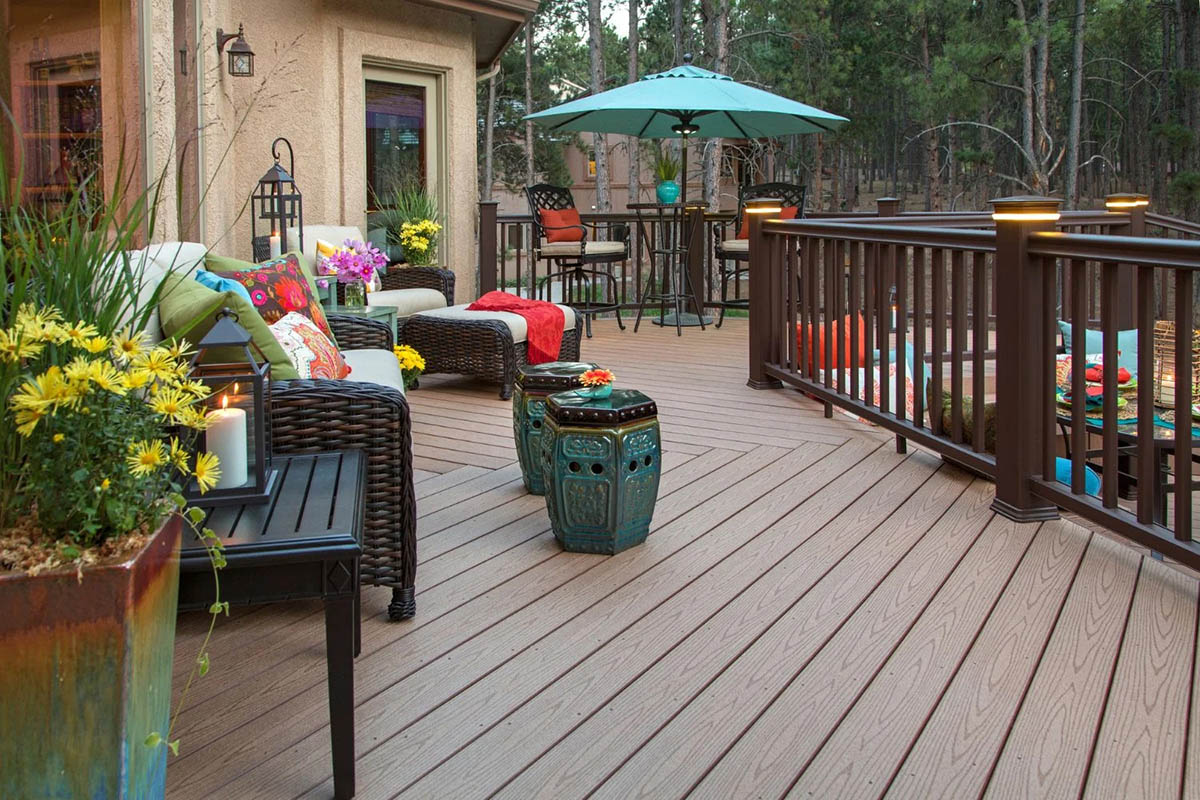
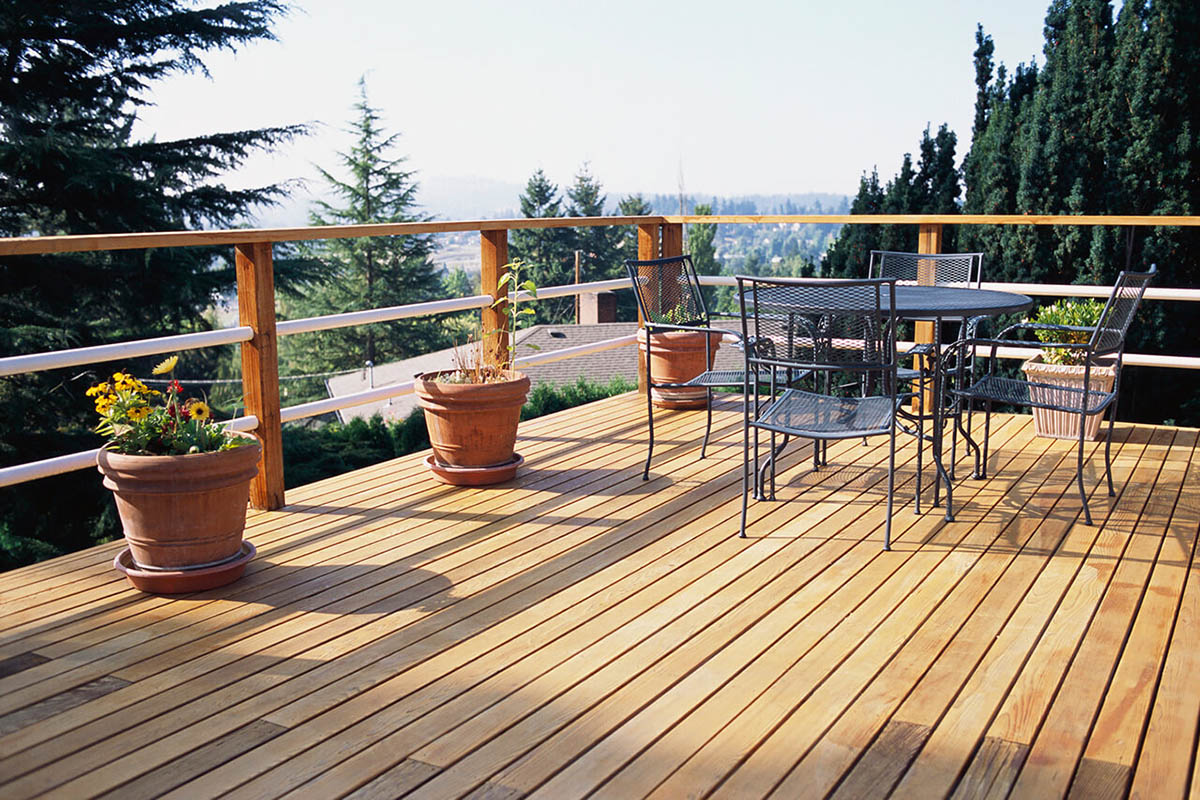
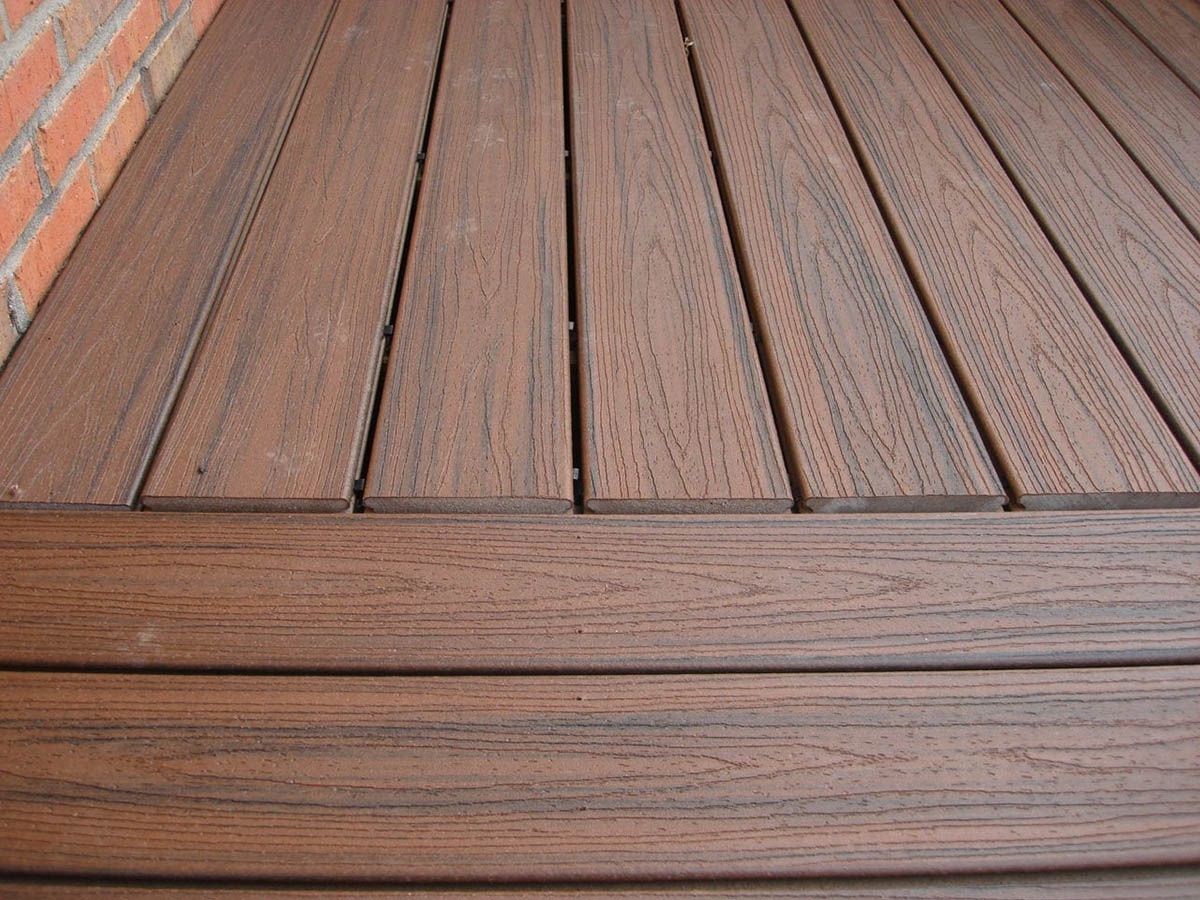
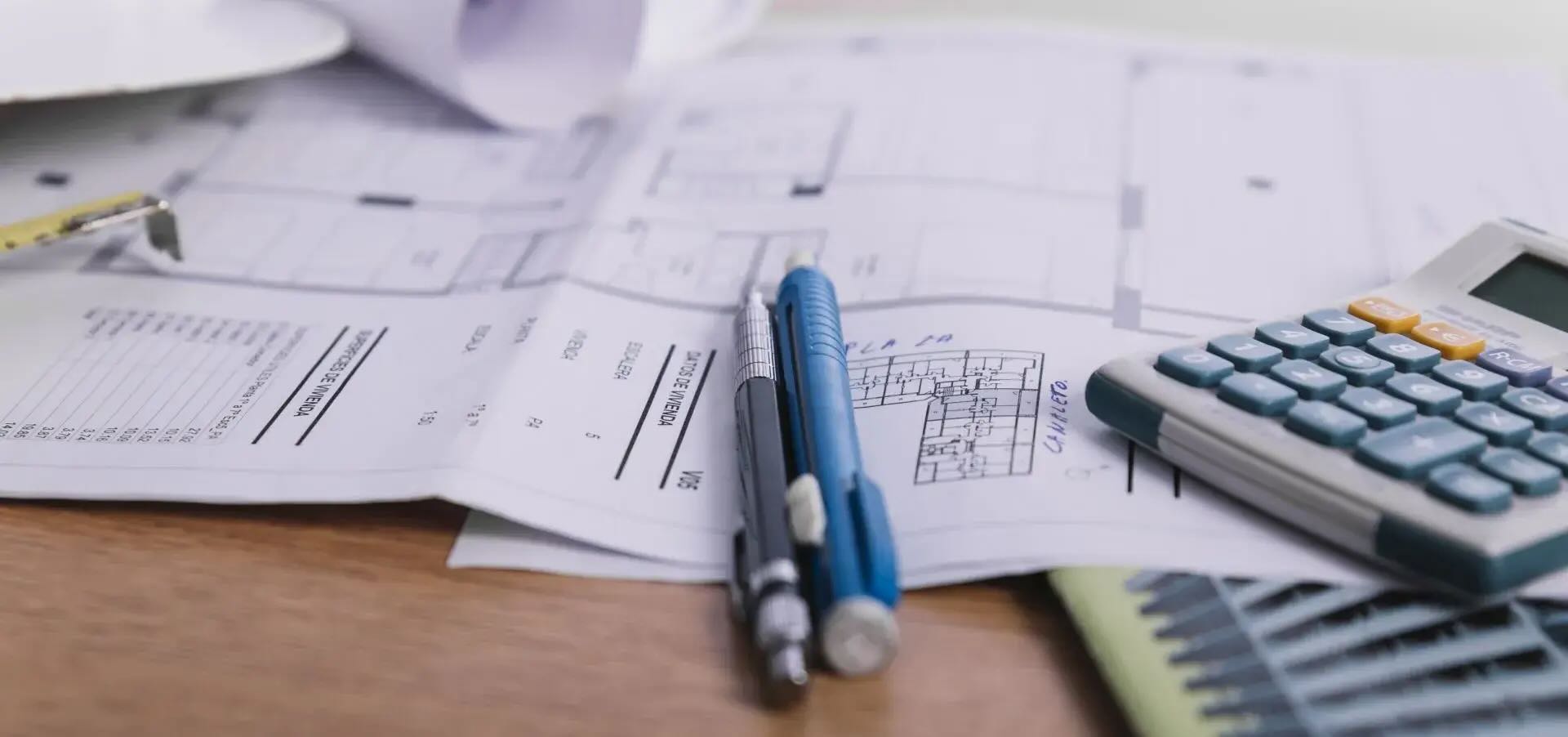
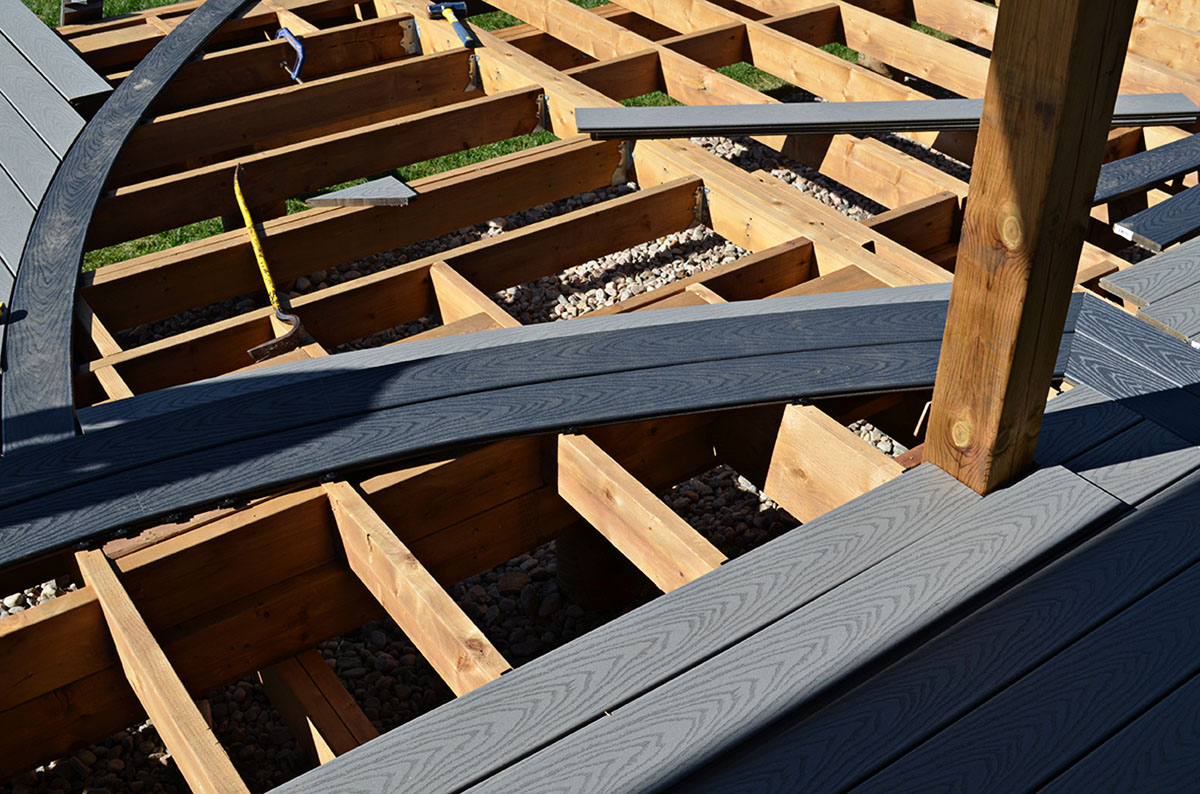
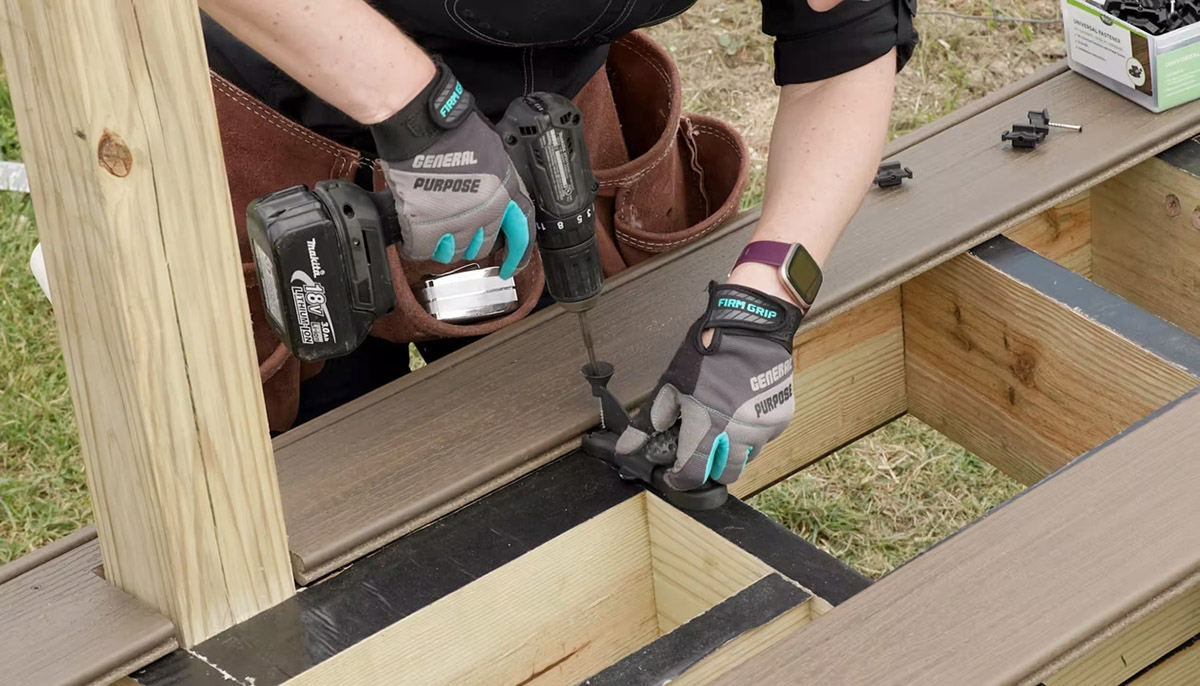
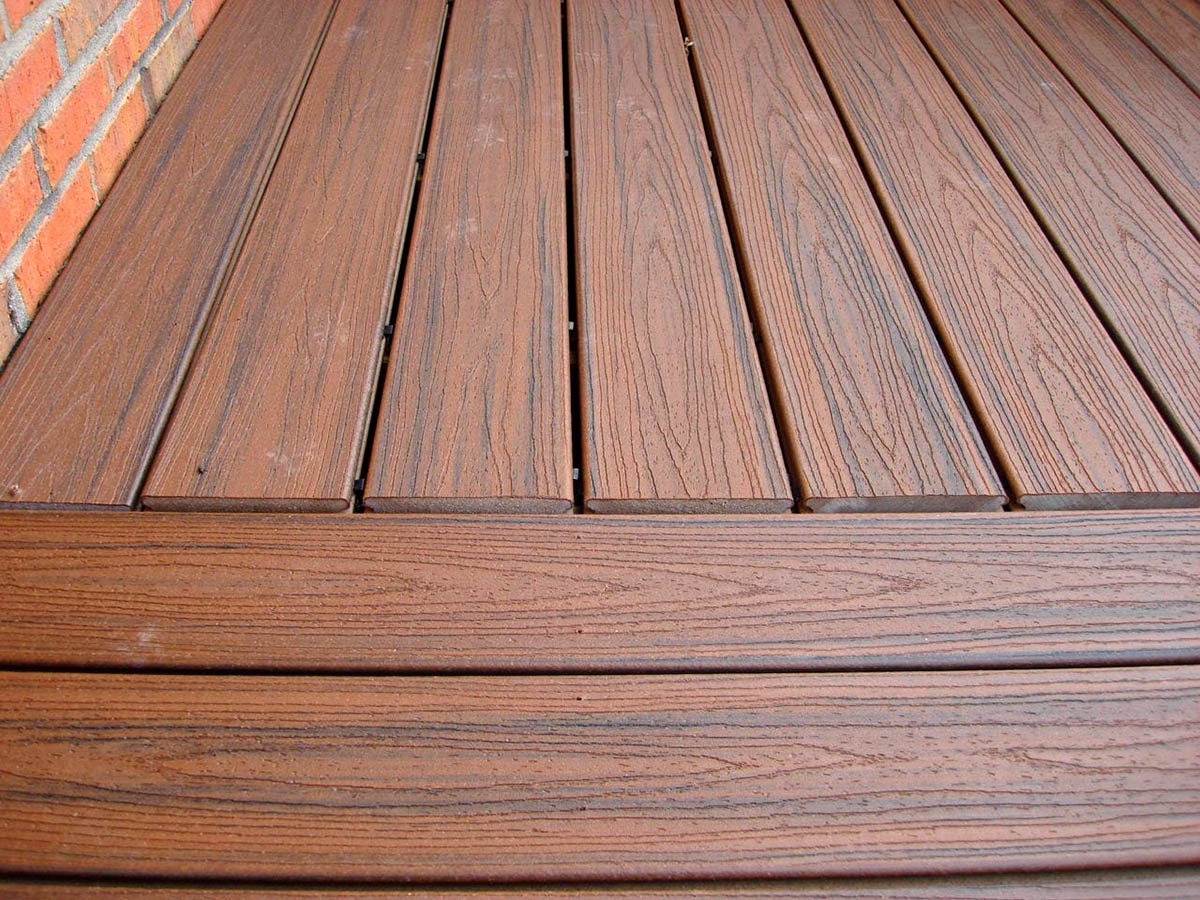
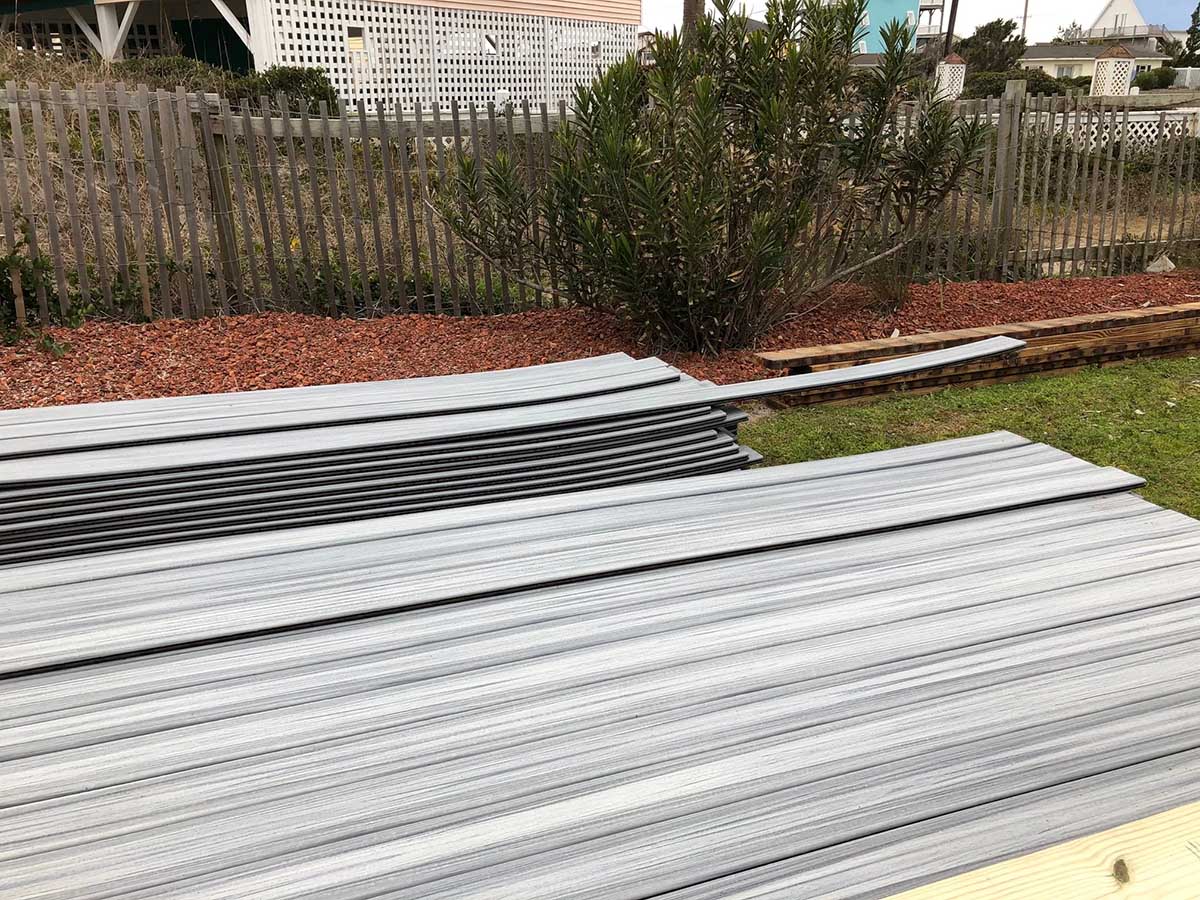
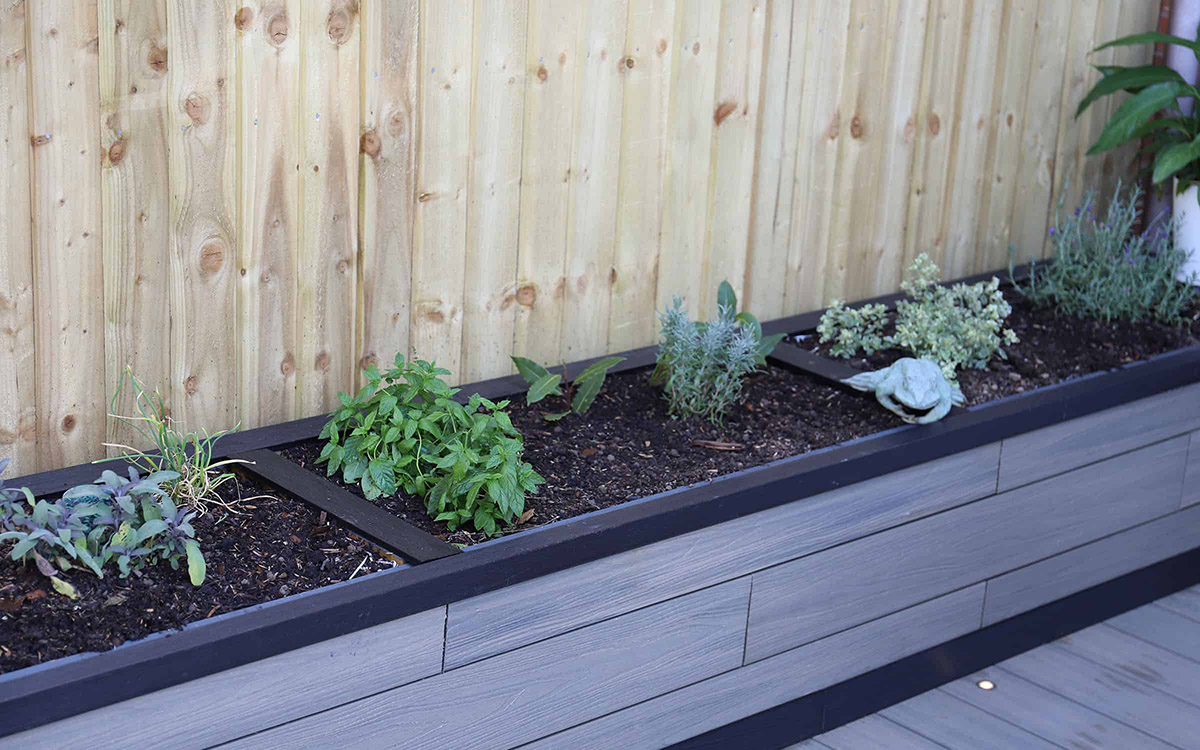
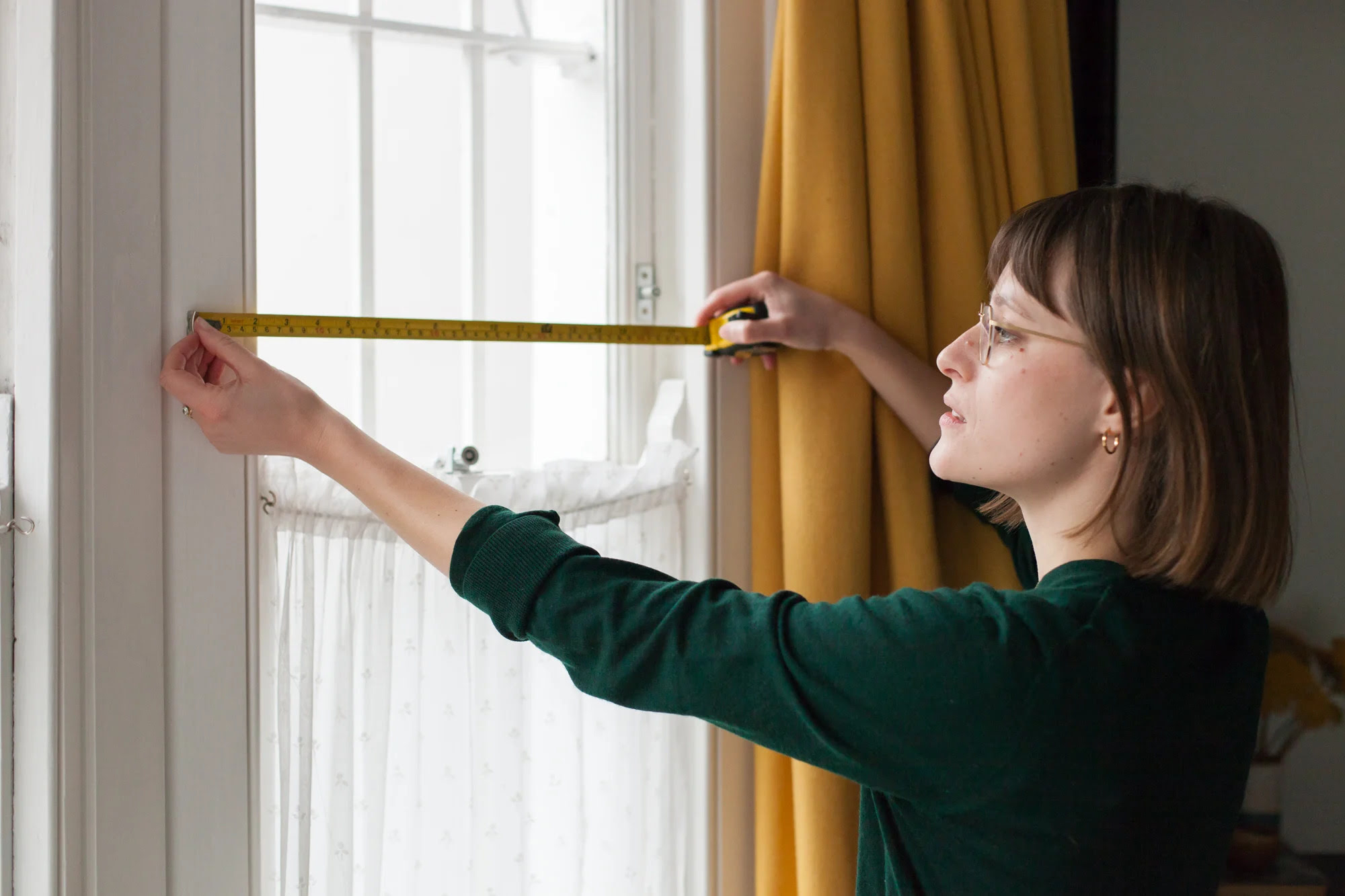
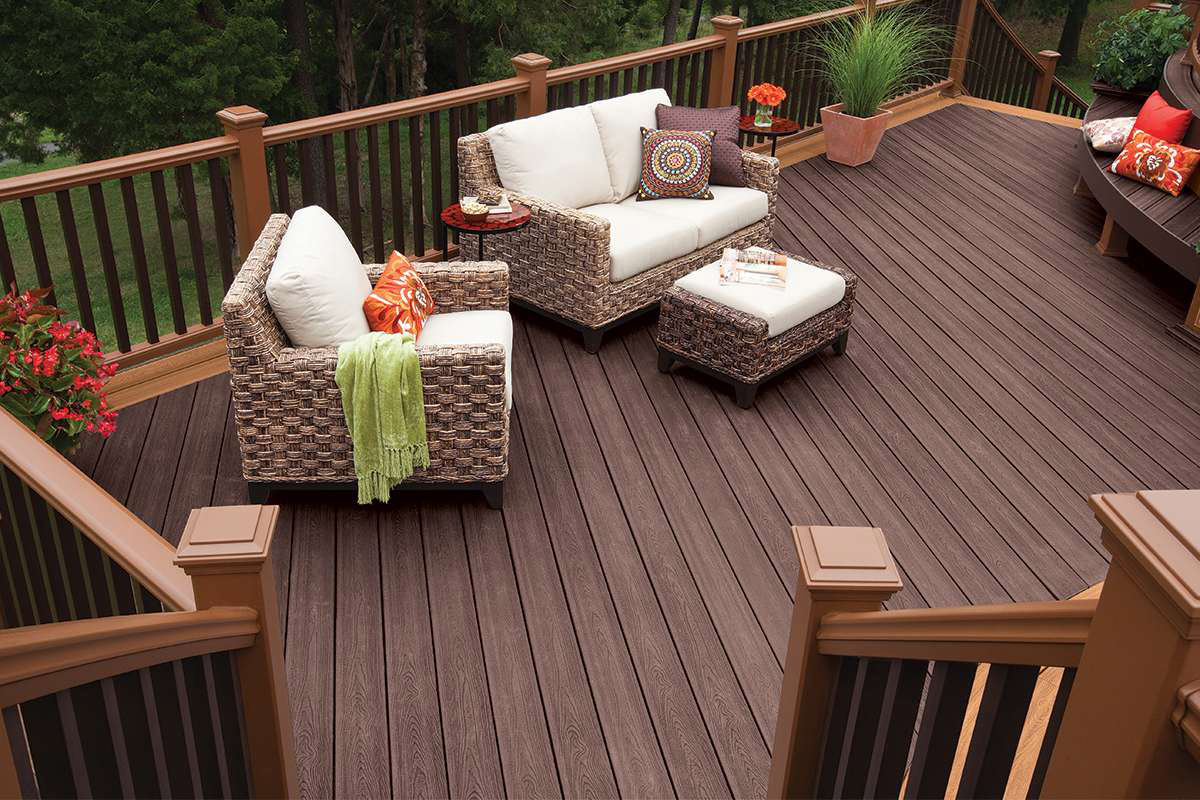
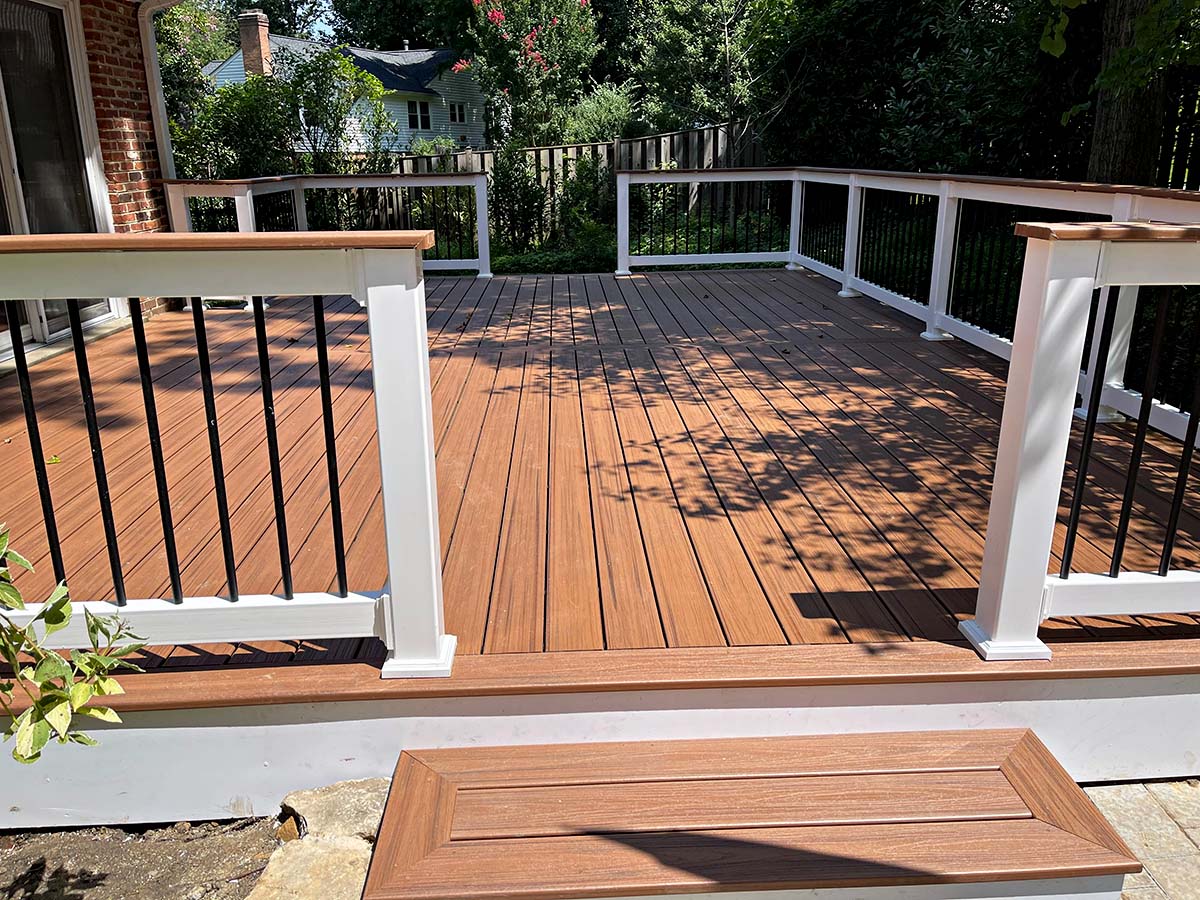
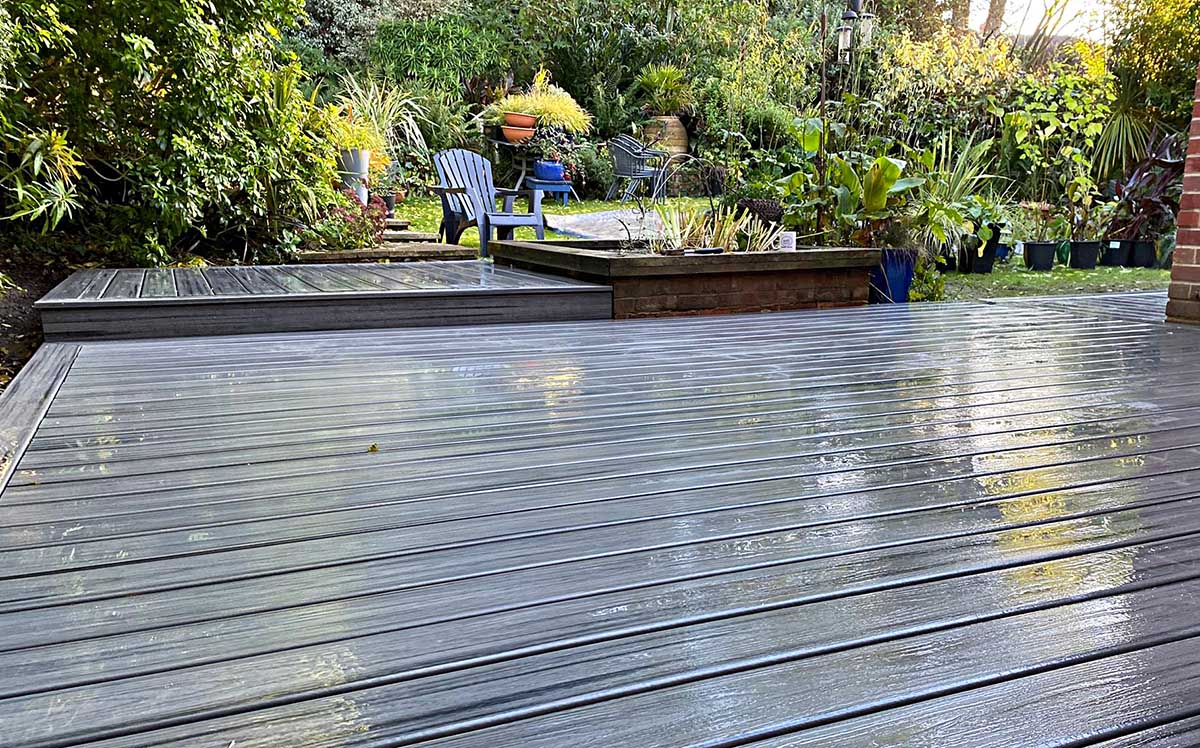

0 thoughts on “How To Figure Out How Much Trex Decking I Need”